Moving beyond manufacture mania: why Tudor and Breitling's collaboration is good news for the watch industry
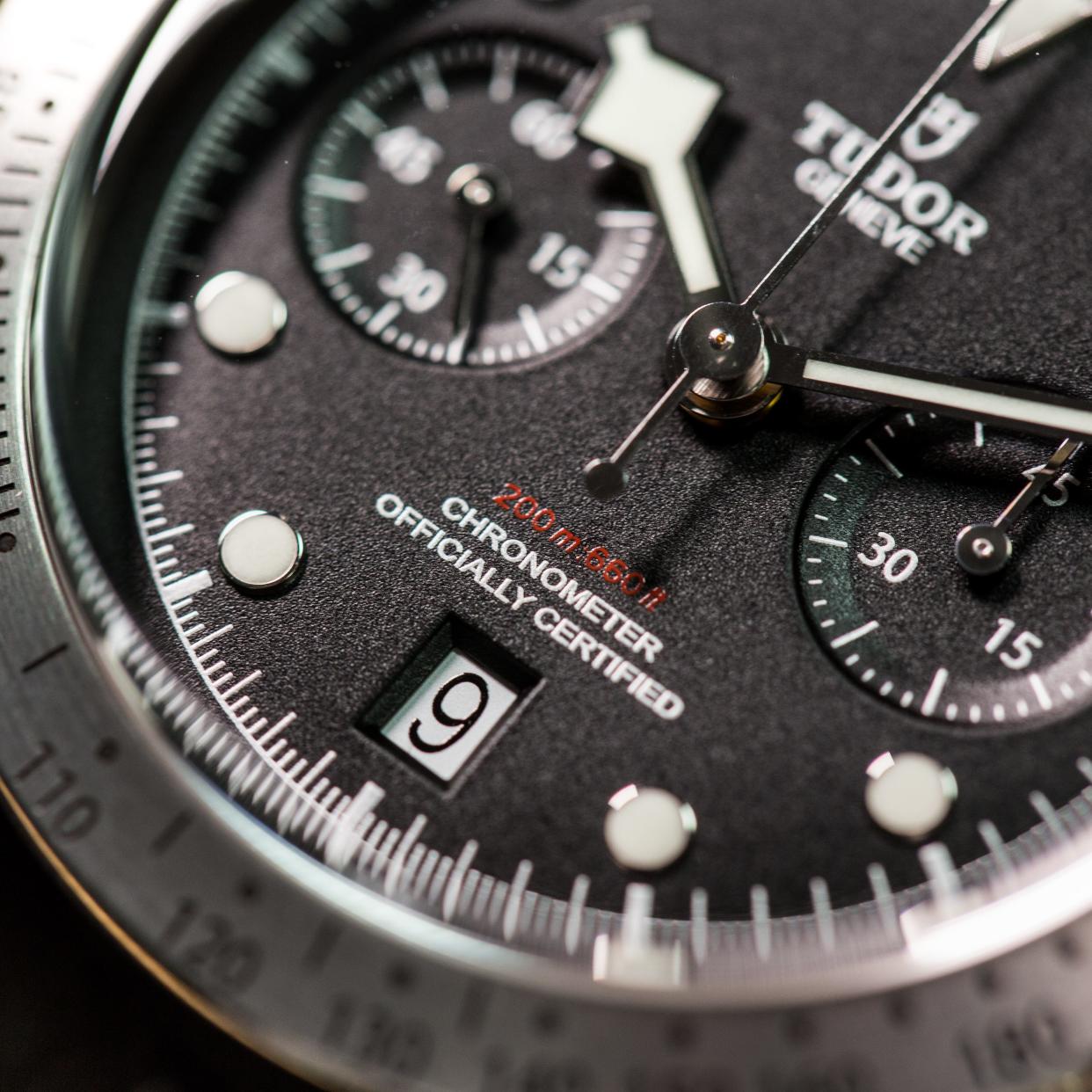
The news that Breitling and Tudor would collaborate on use of their respective in-house movements caused more than the average stir earlier this year. Breitling’s B-01 chronograph, it was announced in March, would feature in Tudor’s new Heritage Black Bay Chronograph – the first such complication in the Black Bay line – while Tudor’s MT5612 would be incorporated into a revamped Breitling Superocean Héritage dive watch.
The sharp intake of breath at the time reflected an uneasiness that both brands risked diluting each other’s coveted “manufacture” status, as well as highlighting unflattering price differentials. But, as is so often the case in the watch world, this was nothing new.
It used to be the norm that brands would utilise the best movement available, with only the odd outlier relying entirely on its own production. Rolex used Zenith, Audemars Piguet and Vacheron Constantin used JaegerLeCoultre ébauches (base movements), Patek Philippe used Nouvelle Lémania, and of course, Swatch Group supplied everyone via its volume producer of basic movements, ETA.
Like any other consumer business, the watch industry resorts to the odd bit of smoke and mirrors. And while being economical with necessarily complicated stories, or appropriating more heritage glamour than is strictly justified, isn’t in itself harmful, marketing messages can get out of hand.
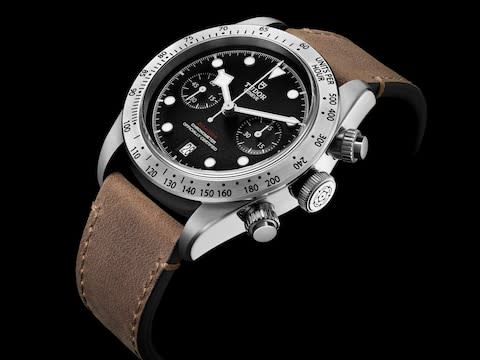
The chasing of manufacture status over the past 20 years or so is a prime example. There’s no doubt that the myth of the manufacture helped fuel the industry’s recovery and growth. Unfortunately, it also meant brands felt a growing pressure to invest in proprietary movements that were not really competitive or good value.
Eventually, the manufacture story fell victim to its own success, as ever-more unlikely brands – Breitling and Tudor among them – claimed the status. So when belts needed to be tightened, it proved harder and harder for watch companies to square the investment.
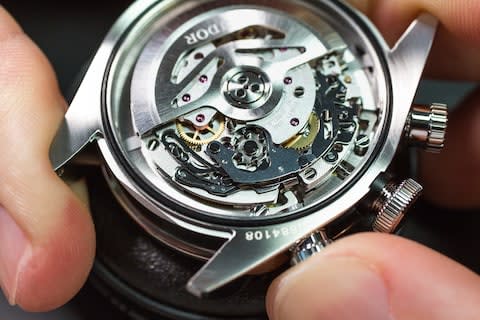
The Breitling/Tudor tie-up implodes the idea that in-house is the only show in town, and that is a good thing. It promises to deliver better value watches, as well as restore the cachet of manufacture status for those handful of brands that truly merit it. The proof, though, is in the watches: both Breitling and Tudor are able to offer a wider choice and more bang for your buck.
Breitling’s Superocean Héritage II now has a distinctive, high-quality movement that’s better for the Superocean’s price than the ETA it replaces. The movement, renamed B20 after being finished to the firm’s requirements, comes with COSC certification – Switzerland’s prime marker for accuracy – and 70-hour power reserve. Is the watch any less “Breitling” for its Tudor-made movement? Absolutely not.
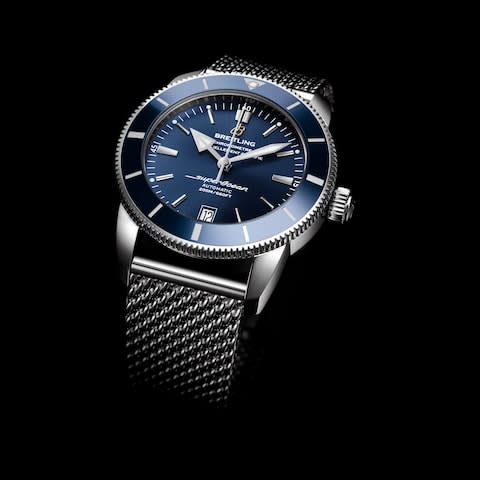
For Tudor, access to Breitling’s state-of-the-art B-01 movement offers, arguably, an even better gain. The B-01 is higher performance than the ETA options Tudor has relied on in the past and, with several years of production under its belt, is a proven performer. Renamed the MT5813, it is equipped with column-wheel control (a staple of good-quality chronographs, ensuring smooth and precise action with the start/stop timing buttons), and a silicon balance spring, with COSC certification. More minimal finishing also keeps the price down (£3,990) compared to Breitling equivalents, ensuring the kind of value one expects from Tudor.
So is this a trend for the future? Within the large groups, sharing of movements has certainly become more noticeable. At Swatch Group, which has relaxed its policy of restricting access to movements, Hamilton and Longines get specially customised ETA movements; Jaquet Droz and Harry Winston access Blancpain’s inventory, and even Breguet and Omega share the benefits of the group’s research into new materials.
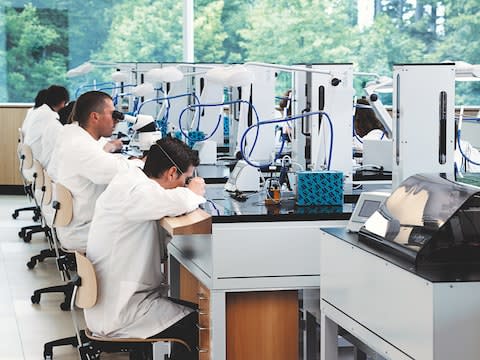
At LVMH, as well as the campus-style R&D behind the new silicon wonder-movement, Zenith’s El Primero movement has been harnessed at times by Bulgari, TAG Heuer and Hublot. Richemont, by contrast, has pursued a policy of keeping its brands as separate as possible, with only Ralph Lauren and, in limited numbers, Van Cleef & Arpels able to access movements from Jaeger-LeCoultre or Piaget.
The cooperation between Tudor and Breitling – separate entities – is somewhat different. But the economic sense of the tie-up hints at an industry where this may once again become the norm. And with the announcement by Jean-Claude Biver, LVMH head of watchmaking, of his intention to sell the new silicon movement as widely as possible, this could point the way.

